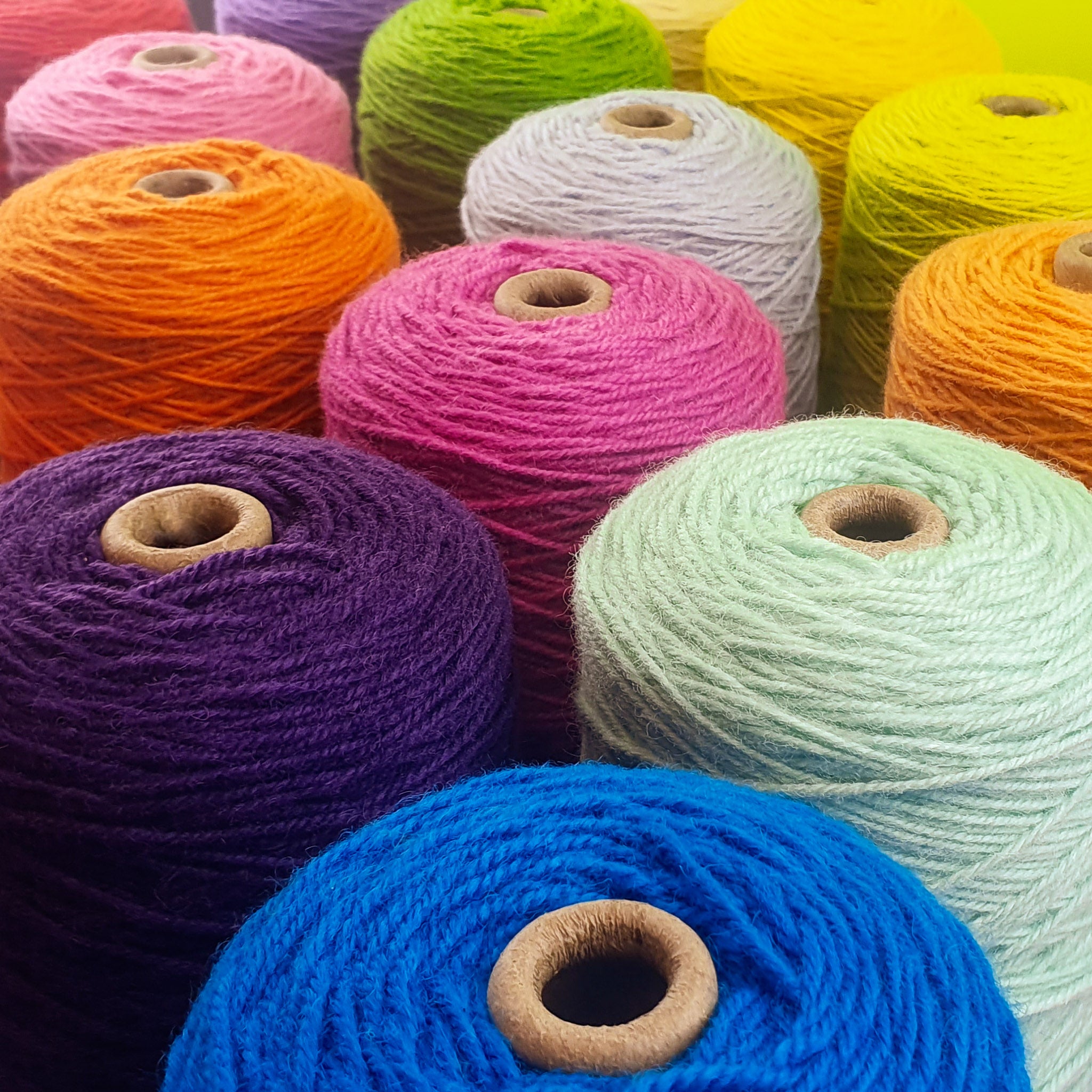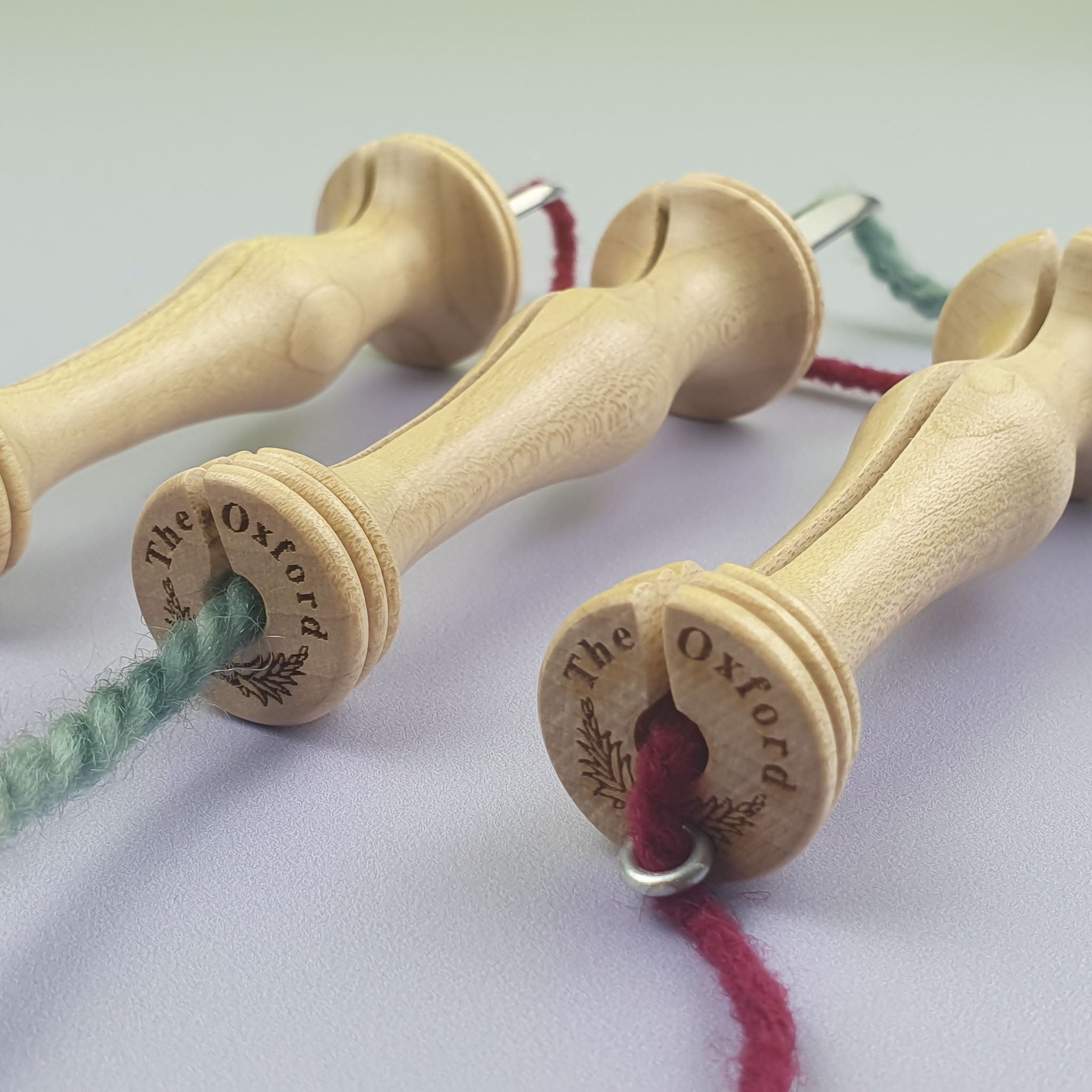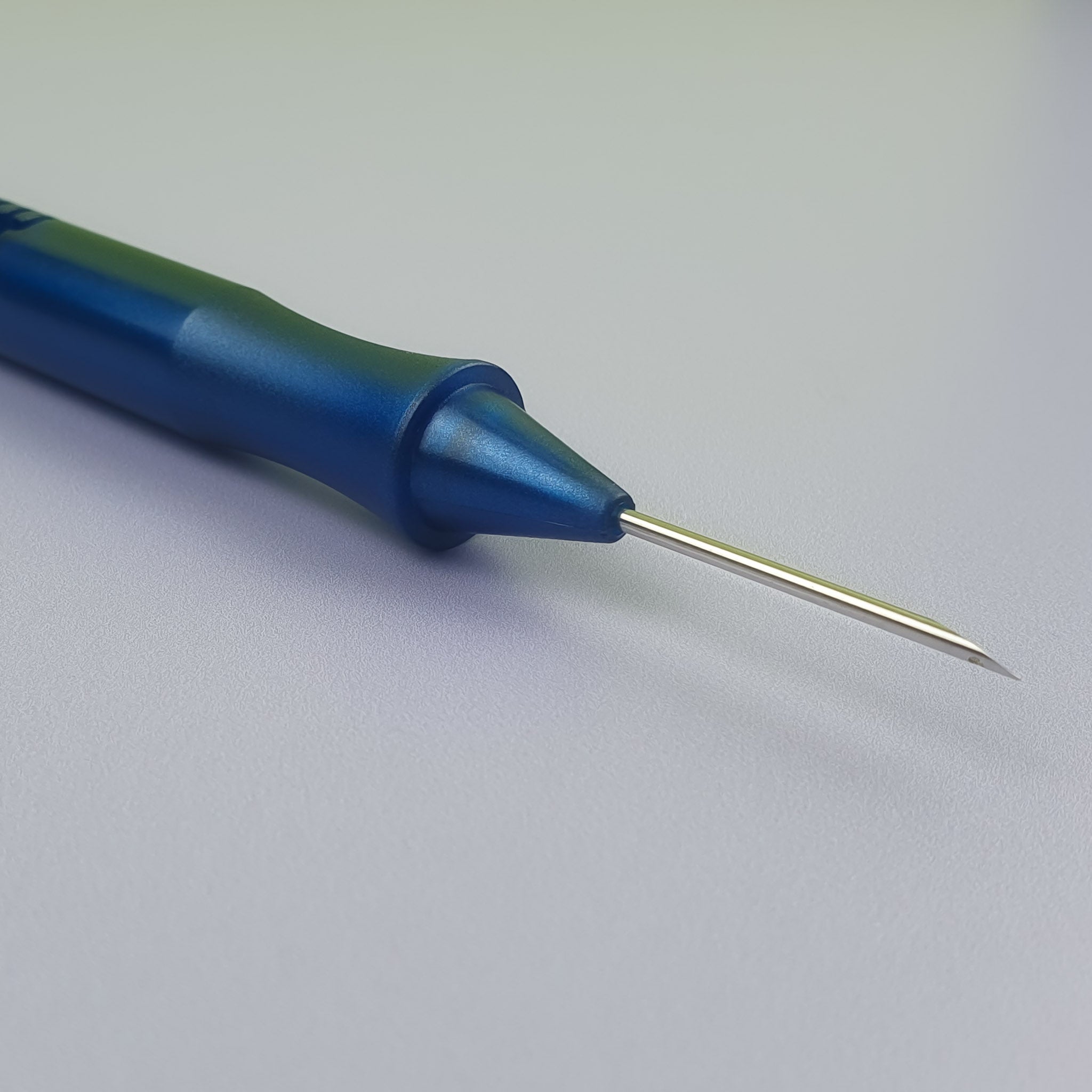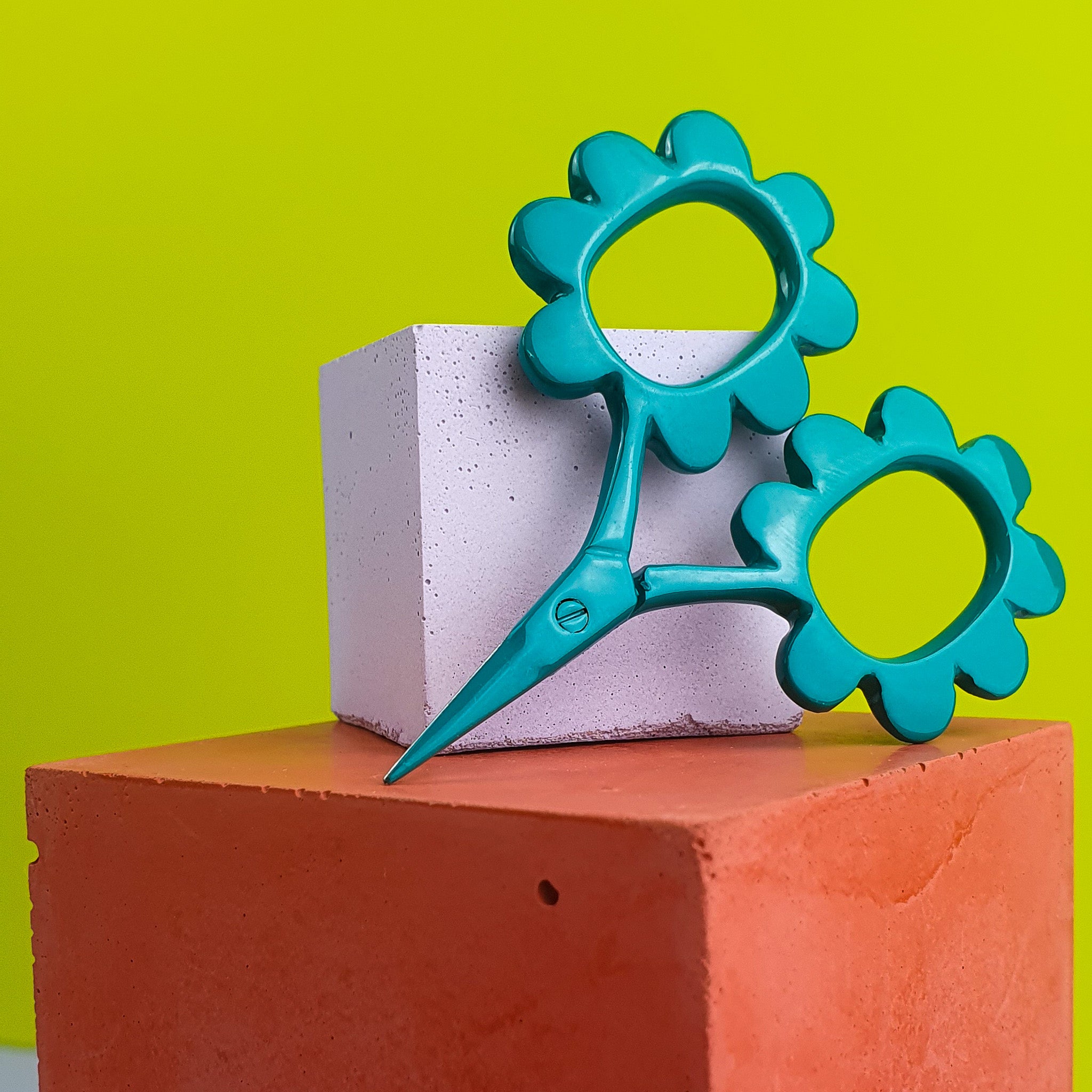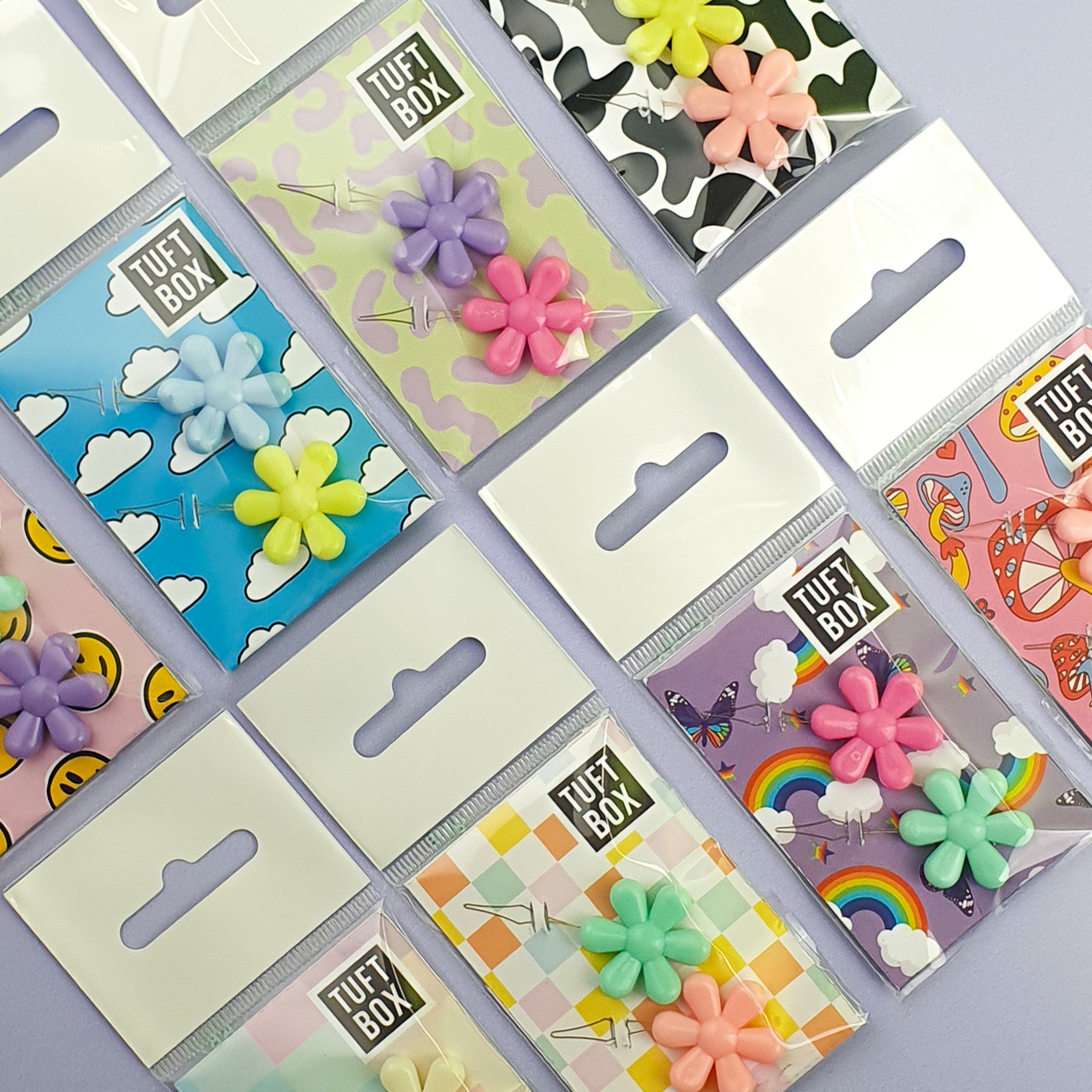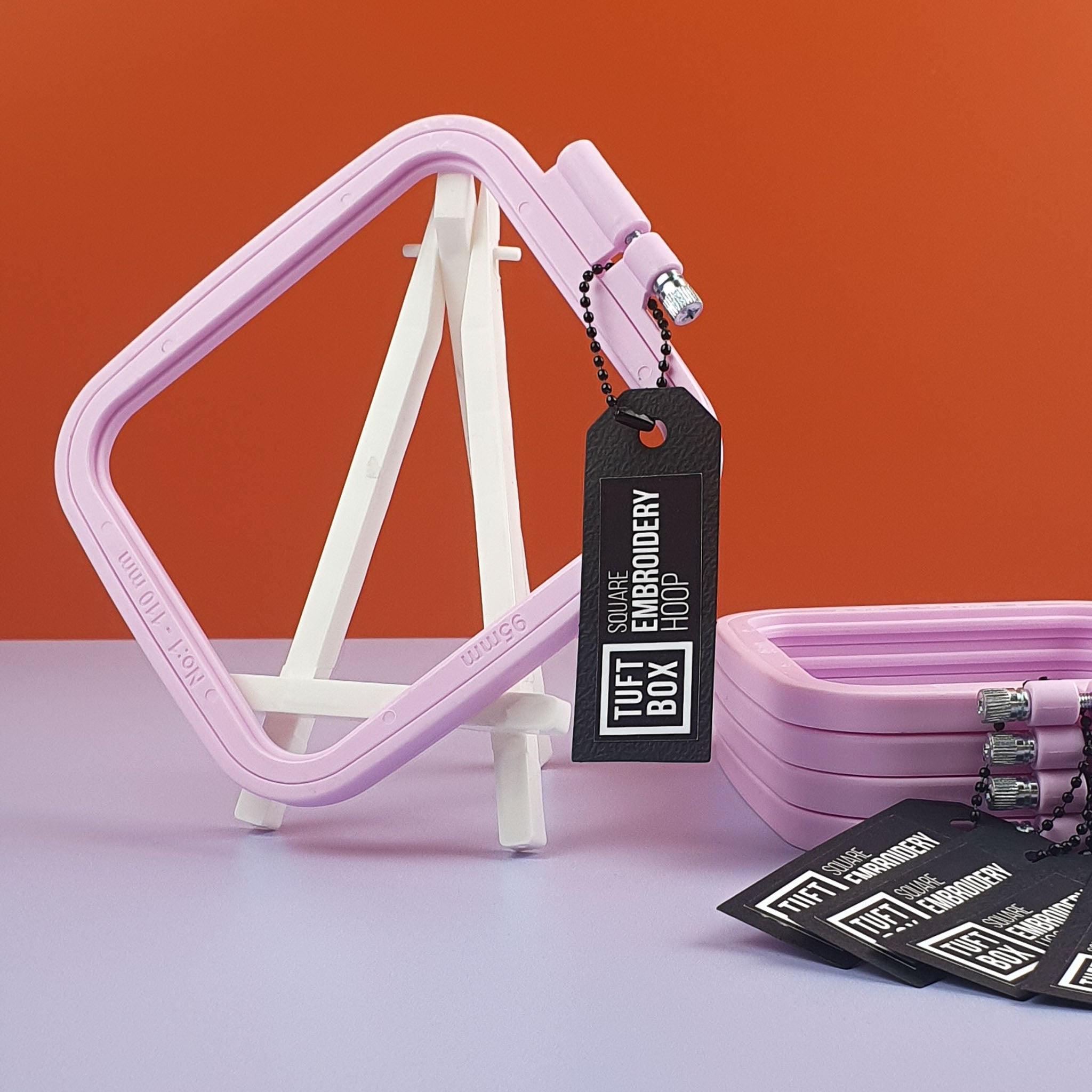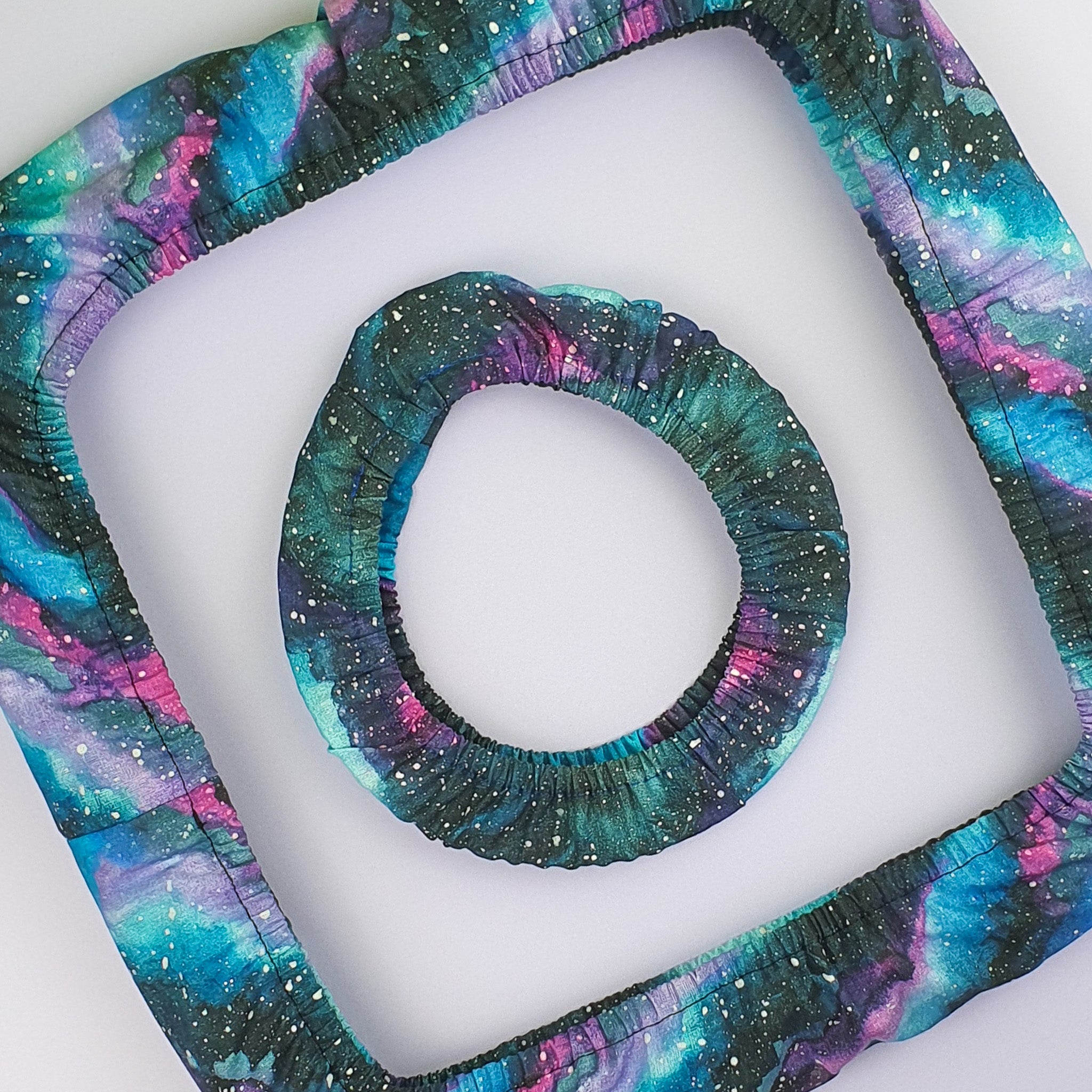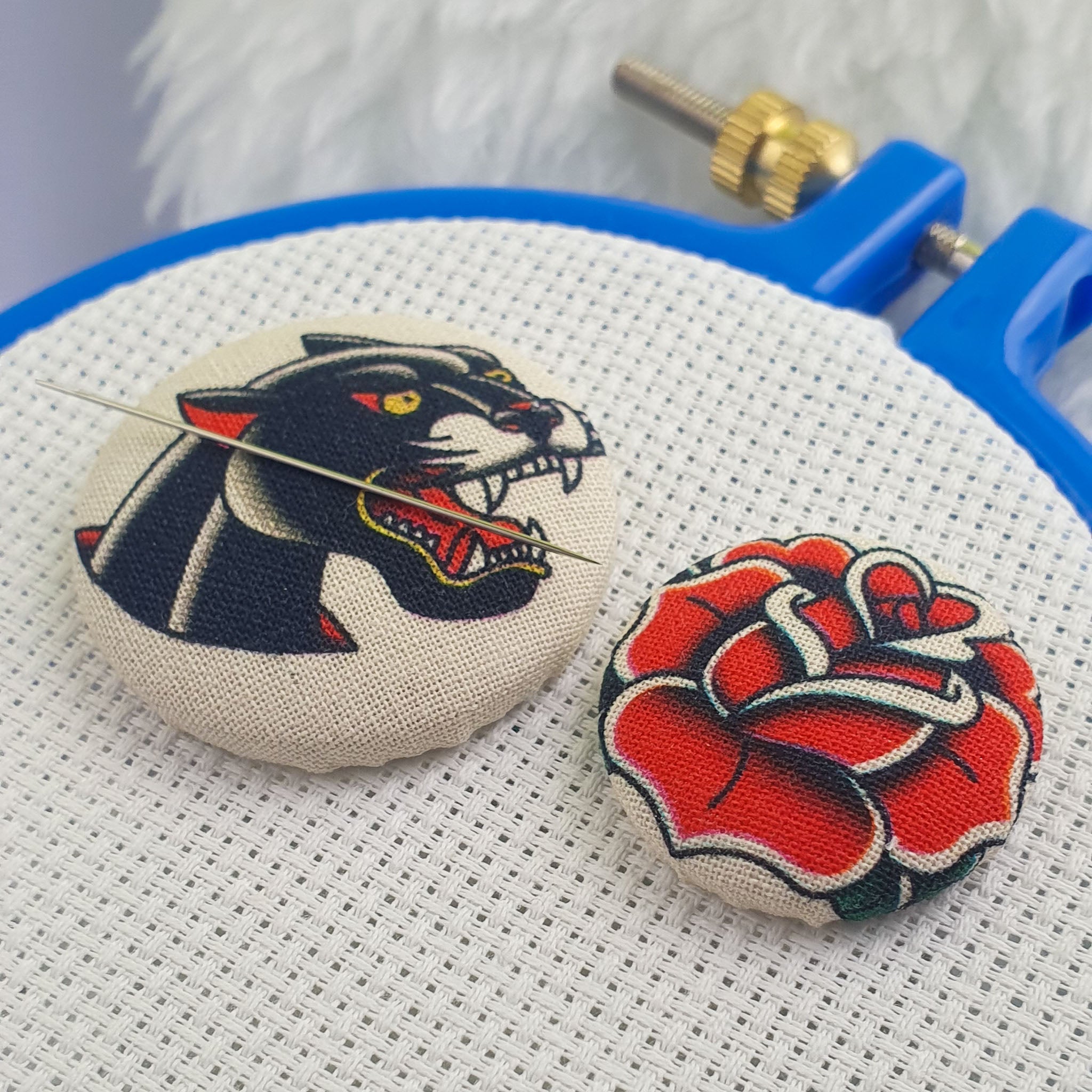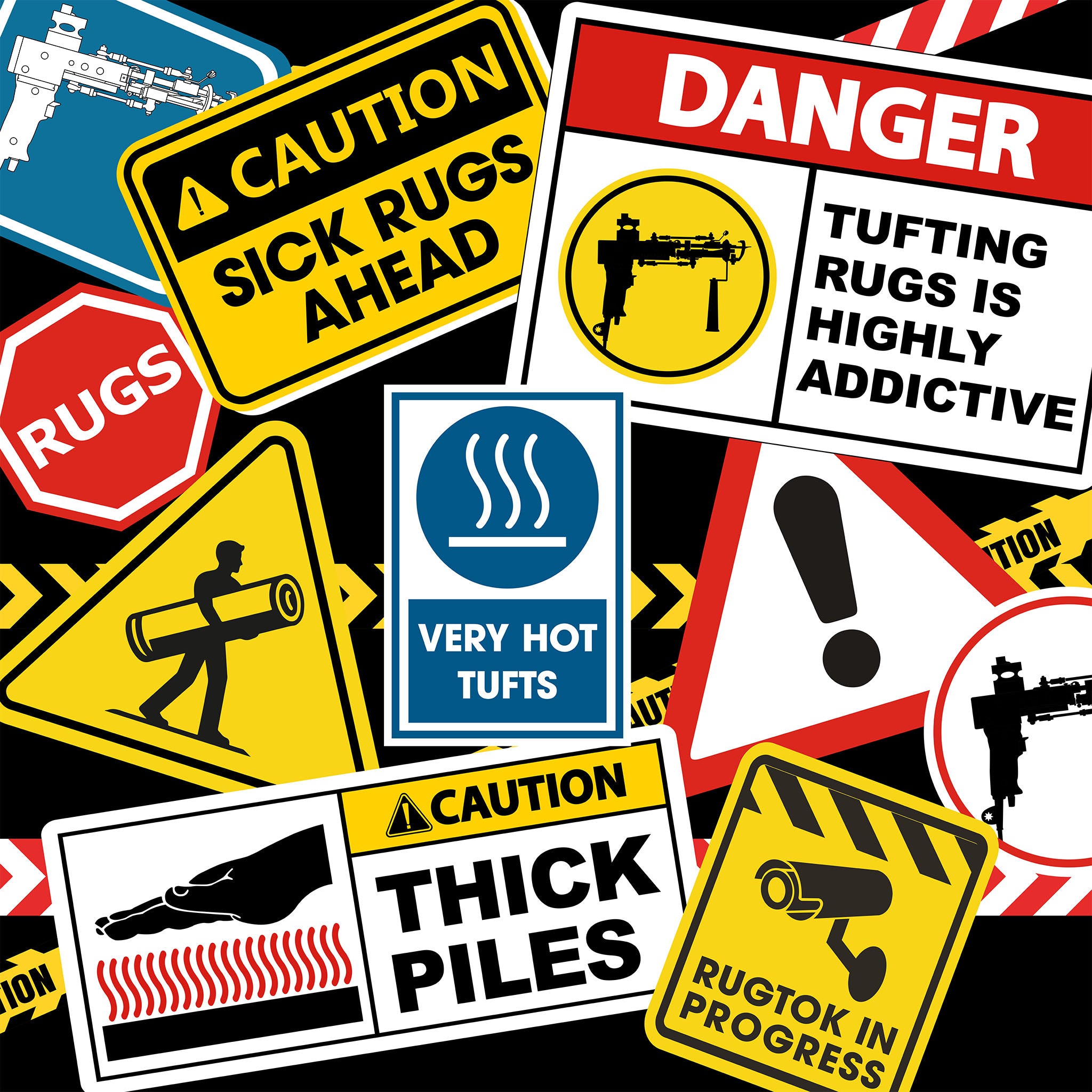If you’re interested in rug tufting you might have come across the word ‘pile’. The pile you create will totally influence the look and feel of your rug so it’s important that you learn the basics.
This 5 minute quick guide will teach you all about tufting piles, including:
- What exactly is a “pile”?
- How do different pile heights look and feel?
- What types of piles can different tufting machines achieve?
What is a Pile in Tufting?
The ‘pile’ is the projecting surface of a rug or textile. It is the squishy collection of yarns and threads that rise up from the base. Pile is an old English term that means ‘downy plumage’, it comes from the Latin word for hair - ‘pilus’ - which made it a great word to describe the soft raised surface of rugs that were traditionally made from animal fibres.
When a tufter refers to the pile, they are describing the shape, density, height and length of the fibres that make up the rug’s surface:
- Shape - the most common options are piles made from loops of yarn or piles made from cut yarn. If you’d like to learn more about cut and loop pile tufting check out this blog - Tufting Cut Pile vs. Loop Pile: What’s the Difference?
- Density - refers to the distance between the fibres throughout the rug. A high density pile is where the fibres are packed in tightly together and low density piles are where there is more space between the fibres.
- Length - how long each strand of yarn is from the base of the rug.
- Height - the total distance between the base of the rug and the top of the fibres once they are laying naturally.

What is a low pile rug?
A low pile rug has a small height from the base of the rug to the top of the fibres. The pile is typically made up of short fibres measuring less than 6.35mm.


Low-pile rugs are generally long-lasting, they are less prone to matting and crushing and are more tolerable of heavy foot traffic. This is why you see those super thin carpets in offices and banks.

What is a medium or high pile rug?
Medium and high pile rugs have longer fibres and a large height distance between the base of the rug and the top of the fibres.
- Medium-pile rugs - fibre length ranges between 6.35mm to 12.7mm
- High-pile rugs - fibres measure over 12.7mm




Medium and High Pile rugs tend to be plush and fluffy, the longer fibres give the rug a fuller and more substantial look.
Longer piles feel great underfoot, they are more soft and cushioning and high pile rugs can give an awesome sinking sensation, as the fibres compress under your weight.
Although medium and higher pile rugs both look and feel softer, they are prone to flattening over time. They are more vulnerable to distortion under any weights, such as furniture marks or tracking marks in areas where there is heavy foot traffic over time.
What is a shag pile rug?
Shag rugs are characterised by a thick, deep pile with a shaggy, haggard appearance.
Like lava lamps, beaded curtains and bean bags, shag rugs were a defining style of the 60s and 70s. They became an extremely popular and sought after choice for interior design and they are now seen as synonymous with 70s culture.

They originate from around the 5th Century A.D. when shepherds from Ancient Greece began using long strands of sheep and goat hair to craft the original shag pile - the Flokati rug.

Shag rugs were traditionally woven and the crafting process involved washing the rug with pressurised water to shrink and felt the fibres which enhanced its fluffiness. In ancient times they used waterfalls but modern shag rugs involve different and often complex manufacturing processes to achieve the same shaggy texture.
Hand-tufted rugs that are made from extremely long (35mm+) cut strands of wool yarn or loops that are sheared can have a similar appearance as the vintage and traditional shag pile rugs.

What is the best pile height for tufted rugs and other tufting projects?
If you are crafting a wool rug for your home, the general guidance is to keep the pile height under 19mm and under 12mm in high traffic areas.
If you are looking to create a cosy and comforting environment, especially in places such as bedrooms or living rooms, the higher the pile the better. The extra thickness adds warmth and softness and nothing beats sinking your feet into a fluffy rug.
For tufted projects such as wall hangings, you can get creative with higher pile heights but remember 👉 the higher the pile, the more yarn you will use per square cm, this will increase both the weight and cost of your piece.

What pile heights can be achieved by different tufting guns?
Now that you’ve got a grasp of how the pile height can affect the look and feel of your rug, it’s important that you match your tufting gun with the effect you are looking to create.
The below table outlines the pile height capabilities of different tufting guns from the top two manufacturers in the world:
| Tufting Gun Model | Pile Height Range |
|
AK-I |
CUT: 10 - 17mm (Medium to High) |
|
AK-II |
LOOP: 4 - 13mm (Low to Medium) |
|
AK DUO |
LOOP: 4 - 13mm (Low to Medium) |
|
KRD-I |
CUT: 9 - 18mm (Medium to High) |
|
AK-III (Pneumatic) |
CUT & LOOP: 20 - 60mm (High) |
|
VML-16 (Pneumatic) |
CUT: 16mm - 45mm (High) |
|
SML-10 (Pneumatic) |
LOOP: 10mm (Medium) |
As you can see from the table, you can typically only achieve a super long or shaggy tuft by investing in pneumatic tufting guns which use compressed air to function. These machines can retail at a high price point and are best suited to intermediate and advanced tufters. If you are a beginner looking for a budget-friendly alternative, consider using the AK-I cut-pile tufting machine alongside a punch needle to manually create areas of super high pile in your tufted projects.
Well done for making it through this guide, now that you understand pile heights you are one step closer to becoming an expert tufter! If you enjoyed this article you’ll also like another guide in this series: Tufting Cut Pile vs Loop Pile: What’s the difference?
Happy Tufting!
Didn’t find what you were looking for? Check out Tuftbox’s comprehensive FAQs for even more guides and the best tips and tricks for tufting.



